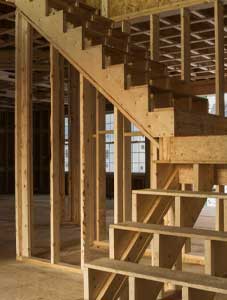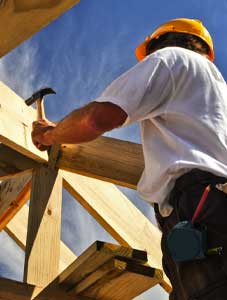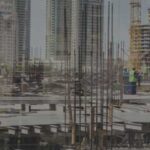Structural damage evaluation
- Home
- portfolio
- Structural damage evaluation
- Structural damage evaluation
Evaluating structural damage is a critical process for determining the extent of damage to a building’s framework and foundation. Here’s a detailed guide on conducting a structural damage evaluation:
Importance of Structural Damage Evaluation
Safety:
- Ensures the safety of occupants by identifying and addressing structural issues.
Property Value:
- Protects the value of the property by maintaining its structural integrity.
Insurance and Legal:
- Provides documentation needed for insurance claims or legal disputes.
When to Conduct a Structural Damage Evaluation
After Natural Disasters:
- Earthquakes, floods, hurricanes, and other natural events can cause significant structural damage.
Visible Signs of Damage:
- Cracks in walls, floors, or foundation.
- Sagging or uneven floors.
- Doors and windows that stick or do not close properly.
Following Construction Work:
- After major renovations, additions, or nearby construction activities.
Routine Maintenance:
- Periodically, to ensure ongoing structural health and safety.
Steps in Structural Damage Evaluation
Initial Assessment:
- Perform a visual inspection of the building’s exterior and interior.
- Identify obvious signs of damage such as cracks, leaks, and deformations.
Detailed Inspection:
- Use specialized tools like moisture meters, levels, and plumb lines.
- Inspect foundation, walls, floors, roof, and any exposed structural elements.
Foundation:
- Check for cracks, settlement, and water damage.
- Look for signs of shifting or sinking.
Framing:
- Examine beams, joists, and columns for signs of rot, warping, or insect damage.
- Check connections between structural elements.
Walls:
- Inspect for cracks, bulging, or leaning.
- Pay attention to load-bearing walls.
Floors:
- Look for uneven surfaces, sagging, or bouncing.
- Check for moisture damage or weakening.
Roof:
- Inspect rafters, trusses, and roof sheathing for damage.
- Look for signs of leaks, sagging, or structural compromise.
Basement and Crawl Spaces:
- Check for moisture, mold, or water infiltration.
- Inspect supports and ventilation.
Documentation and Reporting
Photographic Evidence:
- Take detailed photographs of any damage or areas of concern.
Notes and Measurements:
- Record observations, measurements, and any deviations from normal conditions.
Professional Evaluation:
- Consider hiring a structural engineer or qualified inspector for a thorough assessment.
- Obtain a professional report detailing findings and recommendations.
Common Types of Structural Damage
Cracks:
- Hairline cracks can indicate minor issues, while larger cracks may signify serious structural problems.
- Horizontal cracks in foundation walls are often more serious than vertical ones.
Settlement:
- Uneven settling of the foundation can cause cracks and structural imbalances.
Water Damage:
- Water infiltration can weaken structural components and lead to mold growth.
Rot and Decay:
- Wood rot or decay from moisture or insect damage.
Corrosion:
- Rust and corrosion of metal structural components.
Repair and Mitigation
Minor Repairs:
- Small cracks or surface damage can often be repaired with sealants or patches.
Foundation Repair:
- Methods include underpinning, slab jacking, and piering to stabilize and repair foundation issues.
Structural Reinforcement:
- Adding support beams, braces, or carbon fiber strips to reinforce weakened areas.
Waterproofing:
- Improve drainage around the foundation, install sump pumps, and use waterproof coatings to prevent water damage.
Replacement:
- In severe cases, damaged structural components may need to be replaced entirely.
Preventive Measures
Regular Inspections:
- Conduct periodic structural inspections to catch issues early.
Proper Maintenance:
- Maintain gutters, downspouts, and drainage systems to prevent water damage.
Soil Management:
- Ensure proper grading around the foundation to avoid water pooling.
Tree Management:
- Keep large trees and their roots away from the foundation.
Conclusion
Evaluating structural damage is essential for maintaining the safety, value, and longevity of a building. By conducting thorough inspections, documenting findings, and addressing issues promptly, property owners can ensure their buildings remain safe and structurally sound. Regular maintenance and preventive measures can also help mitigate future damage and extend the life of the structure.





